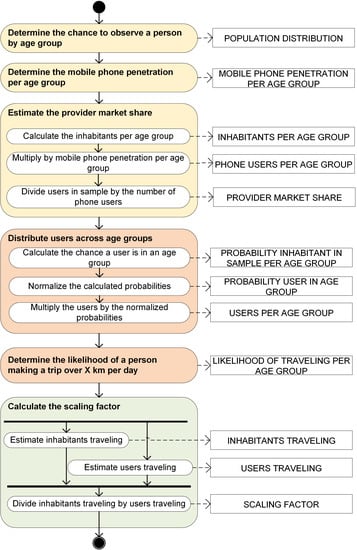Beware Thy Bias: Scaling Mobile Phone Data to Measure Traffic Intensities
Abstract
Share and Cite
Meppelink, J.; Van Langen, J.; Siebes, A.; Spruit, M. Beware Thy Bias: Scaling Mobile Phone Data to Measure Traffic Intensities. Sustainability 2020, 12, 3631. https://doi.org/10.3390/su12093631
Meppelink J, Van Langen J, Siebes A, Spruit M. Beware Thy Bias: Scaling Mobile Phone Data to Measure Traffic Intensities. Sustainability. 2020; 12(9):3631. https://doi.org/10.3390/su12093631
Chicago/Turabian StyleMeppelink, Johan, Jens Van Langen, Arno Siebes, and Marco Spruit. 2020. "Beware Thy Bias: Scaling Mobile Phone Data to Measure Traffic Intensities" Sustainability 12, no. 9: 3631. https://doi.org/10.3390/su12093631
APA StyleMeppelink, J., Van Langen, J., Siebes, A., & Spruit, M. (2020). Beware Thy Bias: Scaling Mobile Phone Data to Measure Traffic Intensities. Sustainability, 12(9), 3631. https://doi.org/10.3390/su12093631





